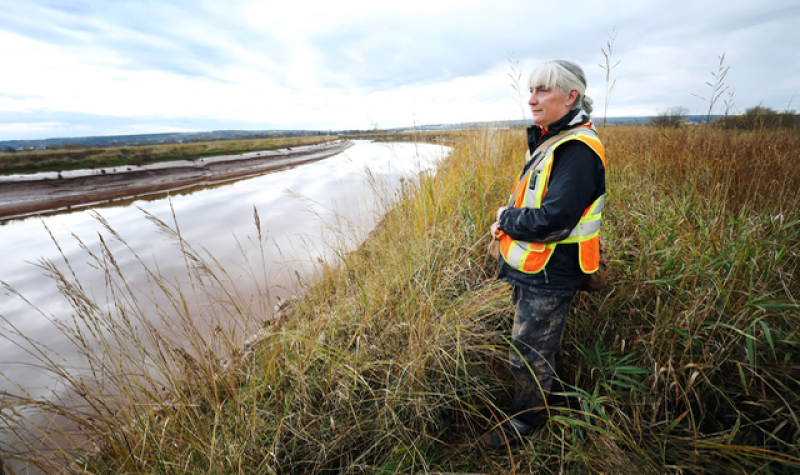One of the big climate-related concerns in the Tantramar Region is flood risk, and how we can adapt infrastructure to meet the increased risks coming from sea level rise and increased frequency of extreme weather.
For coastal geomorphologist Danika Von Proosdij, the problem isn’t just one of adaptation to lower the risk, but how to do that while also helping to mitigate climate change overall. Von Proosdij works in nature-based solutions to create resiliency or protection from things like flooding. She says nature-based solutions have value in addition to the protections they provide.
“They provide all sorts of other benefits such as carbon sequestration, decreasing greenhouse gas emissions,” says Proosdij. “They provide habitat, lots of biodiversity, options for recreation, culture, and mental well being as well.”
Van Proosdij’s work focuses on coastal floodrisk, and one of her key tools is the Tantramar’s claim to fame: saltwater marsh.
CHMA spoke with Van Proosdij about how the marsh works to reduce flood risk, how she and her team are working to regrow marshes, and how nature based solutions can figure into the future protections of the Chignecto Isthmus.
Listen to the CHMA story below:


